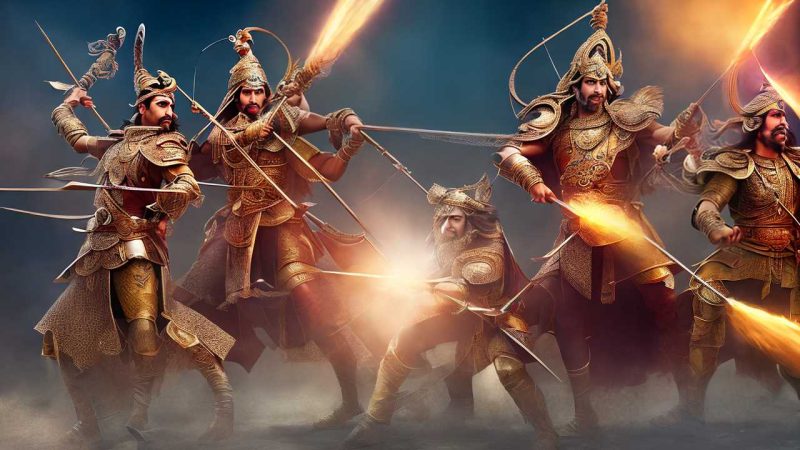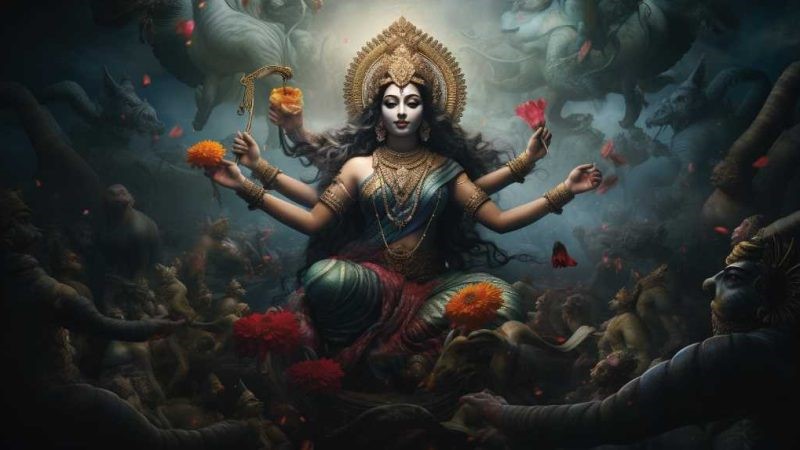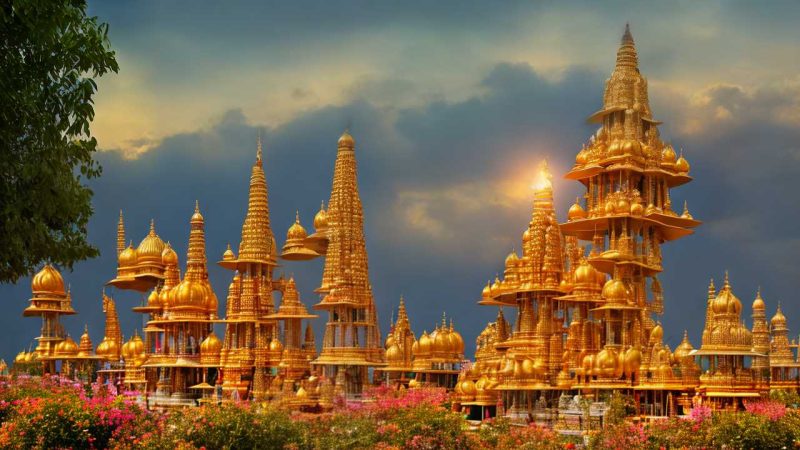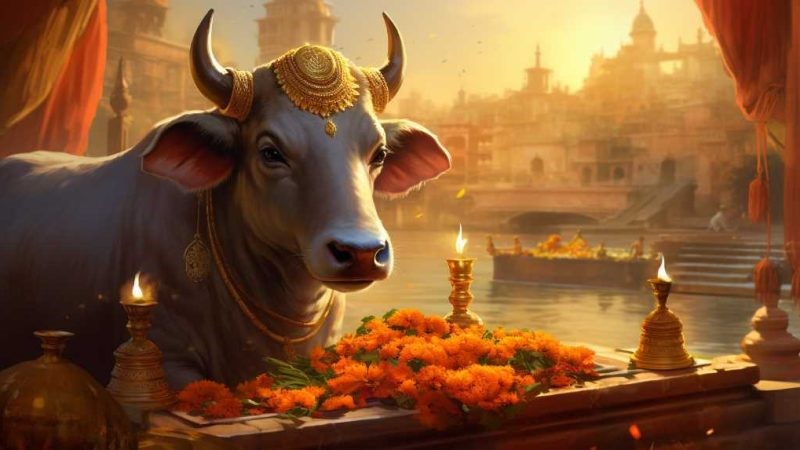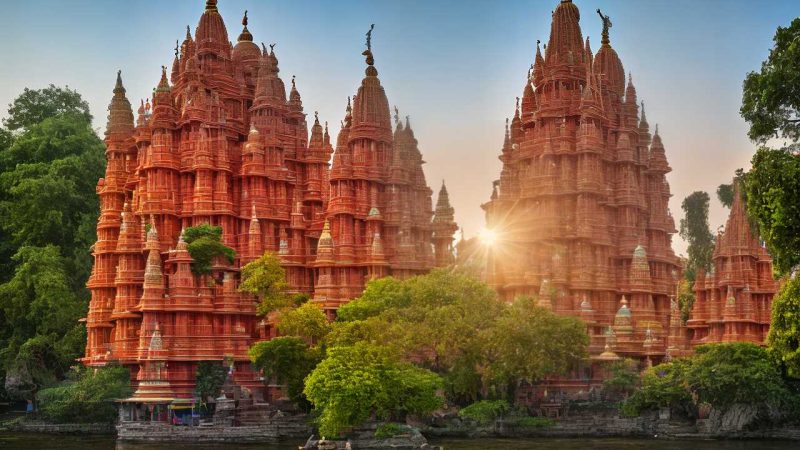Tresses of Power The Significance of Long Hair in Hindu Gods
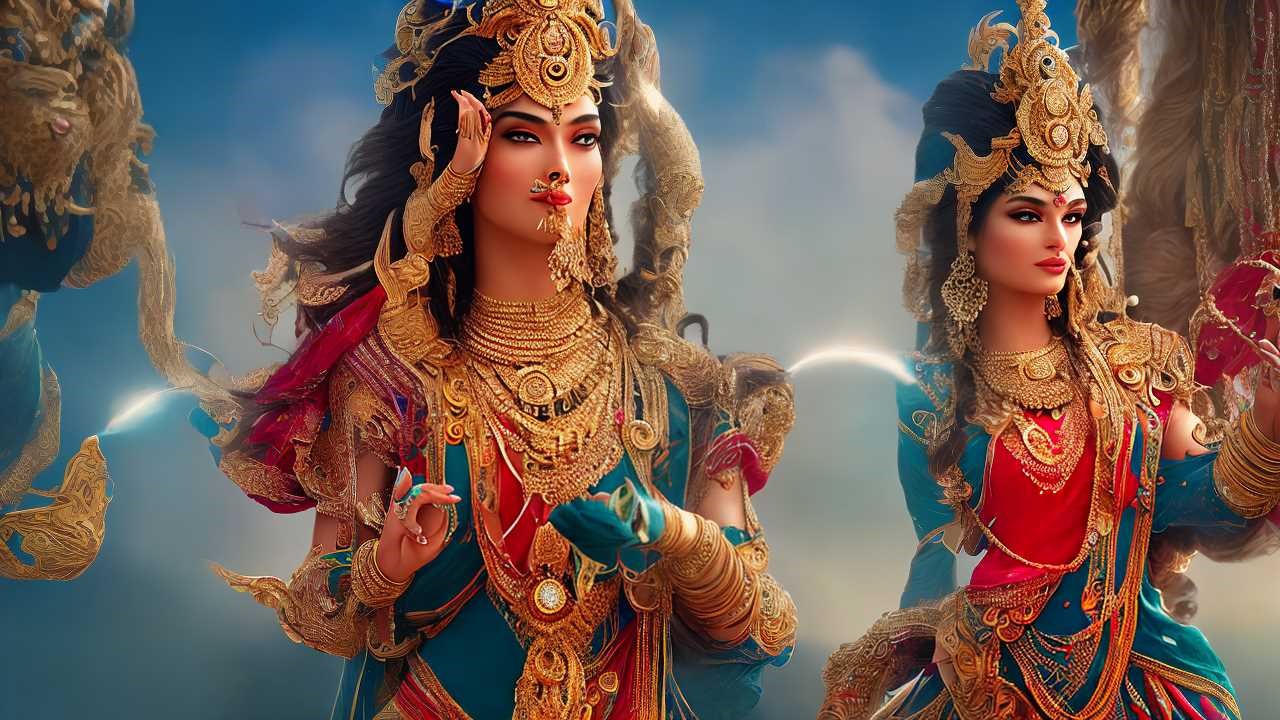
In Hindu beliefs, the long hair of gods is not just for show. It means something special. For example, Lord Shiva’s long hair is not only about his looks. It shows how he controls the Ganges river and his ability to meditate deeply.
Lord Vishnu’s neat hair is a sign of his job to maintain balance and his peaceful personality. This is not just for male gods. Goddesses like Kali and Saraswati also have long hair that represents their own powers.
The long hair in pictures of gods has deep religious importance. It’s not just there by chance. It connects with important religious teachings and what society expects. When we look closely at why gods have long hair, we can see it’s not just about beauty. It’s really about their spiritual strength and role.
Historical Roots of Sacred Hair
Exploring the history of how hair is viewed as sacred in Hinduism shows us how deeply hair is connected to spiritual beliefs, power, and how gods are seen. In Hinduism, long hair isn’t just for looks; it has deep meanings. The ancient Vedic texts say that hair represents the powerful abilities and wisdom of the gods. Holy people, like ascetics, grow their hair long and let it tangle to show that they care more about their spiritual life than how they look. This is their way of living for higher purposes.
When we see pictures or statues of Hindu gods, their hair tells us something about them. For example, Shiva is often shown with tangled hair, which reminds us of his role as a meditating ascetic. Vishnu, on the other hand, has neat hair, which shows his role in maintaining the universe. This isn’t just about style; it’s a way to teach us about their qualities. Hair in these images can represent many things, like the holy river Ganges flowing from Shiva’s hair, or the balance between a simple life and enjoying the world’s pleasures.
Lord Shiva’s Matted Jata
Lord Shiva has very distinctive hair, known as ‘Jata’, which shows how much energy and spiritual strength he has because of his simple, disciplined lifestyle. In the art and stories about Hindu gods, Shiva’s hair isn’t just for looks. It’s important because it shows how he keeps his powerful and potentially destructive energy under control to maintain the universe’s balance.
The Jata is also important because it’s like a path that allows the sacred Ganges river to come down from heaven to earth. This shows Shiva’s important job of connecting the sky and the land. When you see Shiva’s hair in religious art, it tells a story of how he’s both someone who lives simply, away from the world’s distractions, and at the same time, a mighty force in the universe. This shows the Hindu idea that giving up worldly life can lead to great power.
In simple terms, Lord Shiva’s hair is not just a cool hairstyle; it has a deep meaning. It reminds us that Shiva is a peaceful mediator who helps maintain the world’s balance. Plus, his hair is a reminder that even though he could be incredibly powerful and fearsome, he chooses to live simply. This balance between a simple life and great power is a key idea in Hindu beliefs.
Vishnu’s Luxuriant Waves
Vishnu’s hair, full and calm, shows how he’s seen as a guardian in Hindu beliefs, keeping everything in balance. His hair is smooth and neat, unlike Shiva’s wild hair, showing Vishnu’s peaceful strength. His hair flows like a river, reminding us of his ongoing job to keep life going and everything in order.
Vishnu’s connection to water, which we all need to survive, is shown in his hair and tells us about his role in taking care of life and keeping things fair and steady. When you look at pictures of Vishnu, his hair helps to tell his story of looking after the world and bringing life-giving water.
Ascetics and Divine Locks
In Hindu culture, holy men, known as ascetics, often have tangled hair called jata. This isn’t just a style choice—it’s a sign that they’re focused on their spiritual journey instead of how they look. By letting their hair tangle, they show that they’re not worried about what’s normal in society and are more interested in finding a deeper meaning in life. They don’t just let their hair get messy; they take special steps in their religious practice to create these locks, which shows how committed they are to living a life that’s not about material things.
The importance of jata goes beyond just the way it looks. For example, when you see pictures or statues of the Hindu god Shiva with his hair in a tangled bundle, it’s not just for show. It’s meant to show how powerful he is and that he’s the ultimate example of what it means to be dedicated to yoga and meditation. By copying Shiva’s hairstyle, these holy men are trying to tap into that same energy and dedication in their own spiritual lives.
Hair in Goddess Iconography
In Hindu art, how a goddess’s hair looks tells us a lot about her special qualities and strength. For example, goddesses Saraswati and Lakshmi are shown with long, flowing hair. This represents their kindness and their role in bringing wealth and knowledge to people.
On the other hand, the tangled hair of Kali, another goddess, shows her wild and fierce side. This also reminds us that sometimes things need to break down before they can be built back up in a better way.
Conclusion
In summary, the way Hindu gods are shown with long hair is full of meaning. It shows their strength, their dedication to their spiritual practices, and their deep knowledge. For example, Lord Shiva has a distinctive style of hair called ‘jata’ which is all tangled up, while Vishnu has hair that seems to flow effortlessly. Goddesses too, have their own unique and intricate hairstyles. These hairstyles aren’t just for looks; they symbolize how vast and limitless the gods are, and how they are present in every aspect of Hindu faith.
To make this even clearer, imagine walking into a temple and seeing a statue of Lord Shiva. His jata might remind you of a hermit who has given up worldly life for spiritual growth, showing his power and wisdom. Or when you see Vishnu’s long hair, it’s like seeing a river that keeps flowing, which can make you think of life and vitality that never ends. The goddesses’ hair, styled in many different ways, can represent their many roles and qualities, like creativity, motherhood, and protection.
In essence, these hairdos are not just part of their appearance. They are a way to show who these gods are and what they stand for. Their hair tells a story of divinity that goes beyond the physical world, into the realm of the spiritual and the eternal.
This is how long hair in Hinduism is more than just a fashion statement; it’s a symbol of the infinite nature of the divine.

